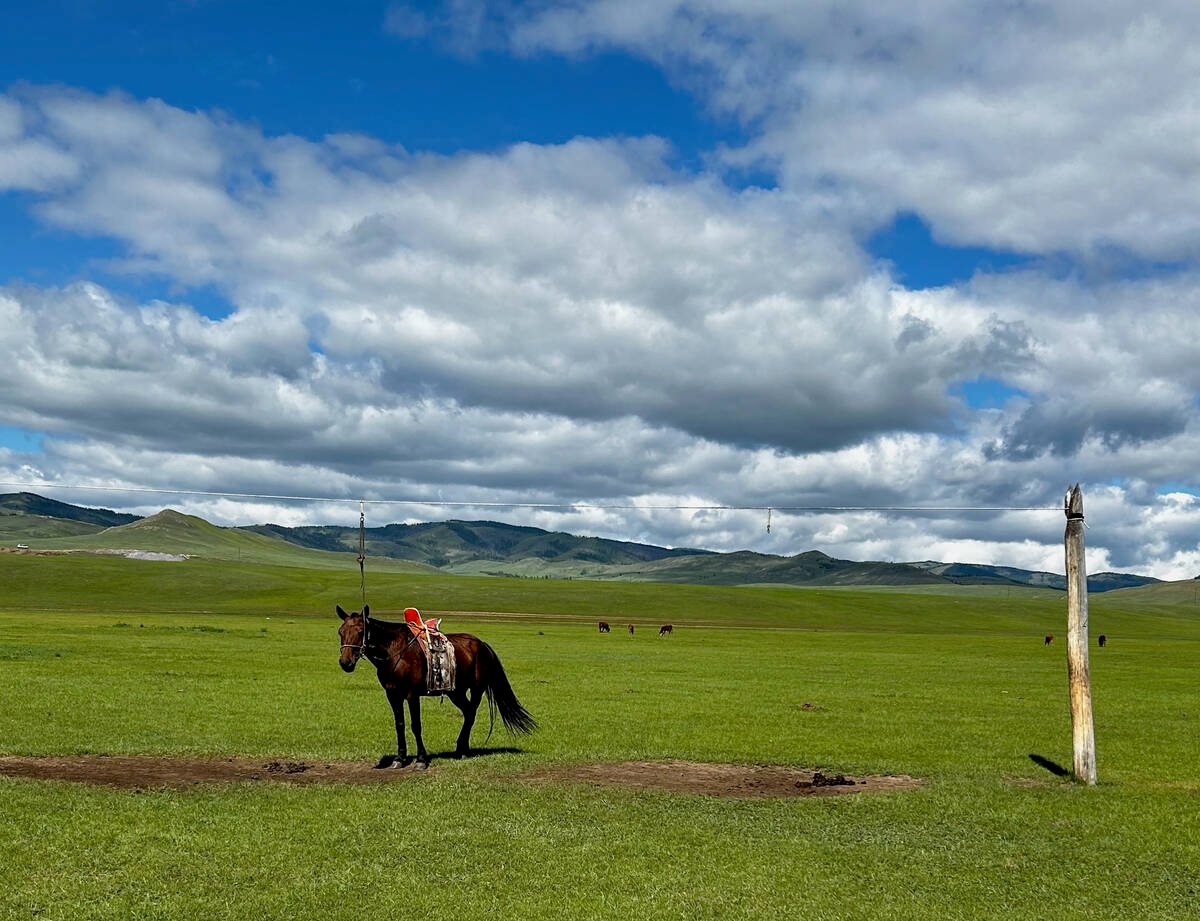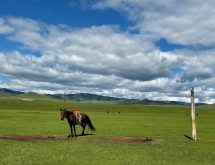Fall harvest management of alfalfa can affect the crop’s chances for winter survival, says Donald Green, a provincial forage specialist with Manitoba Agriculture.
Harvesting alfalfa between Aug. 15 and the first killing frost results in depletion of root reserves and increases the chance of winter injury.
After alfalfa is cut, root reserves are used to initiate top growth.
Root reserves are at their lowest when plants reach 15 to 20 centimetres tall and are fully replenished by the time the plants are in the full bloom stage.
Read Also

University of Saskatchewan experts helping ‘herders’ in Mongolia
The Canadian government and the University of Saskatchewan are part of a $10 million project trying to help Mongolian farmers modernize their practices.
If killing frost occurs at the 15-20 cm height, replenishment of root reserves is curtailed and winter injury can be expected.
Sometimes there is an opportunity to take a second or third cut after killing frost has occurred in late September or early October.
There is little growth after a killing frost and removal of forage will have little effect on the level of root reserves, provided the plants have become dormant.
Leaving a small strip of standing alfalfa every 12 to 15 metres will usually allow enough snow to accumulate and insulate the crop from cold winter temperatures.
Adding potash fertilizer when soil tests are lower than 120 ppm in potassium will also improve winter survival.
Potash fertility and fall-cutting are the most important management factors affecting alfalfa’s long-term productivity.














